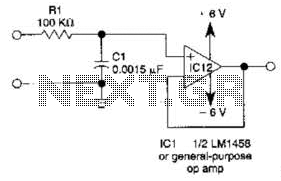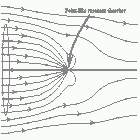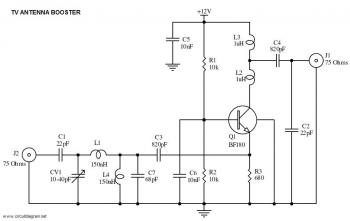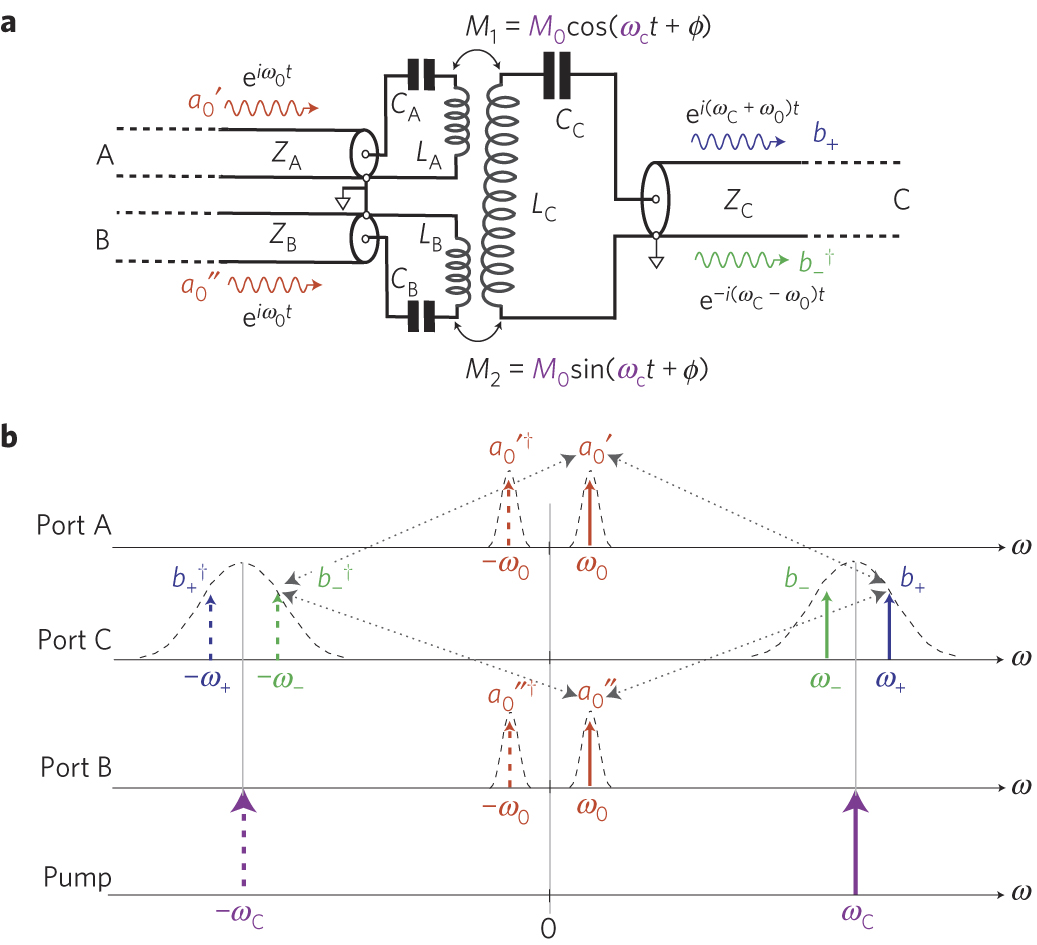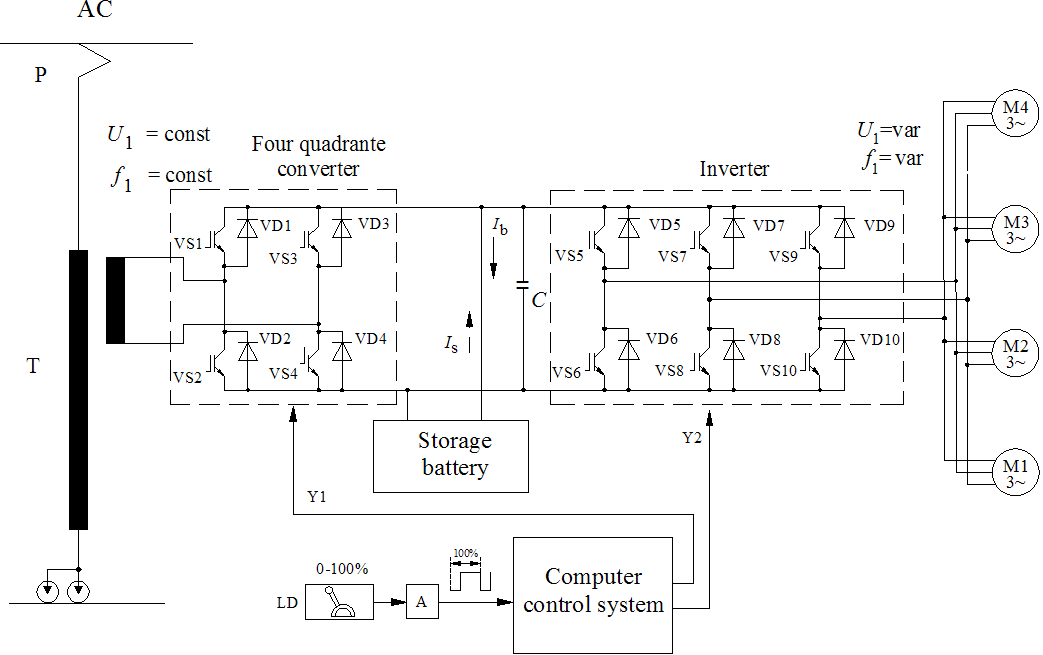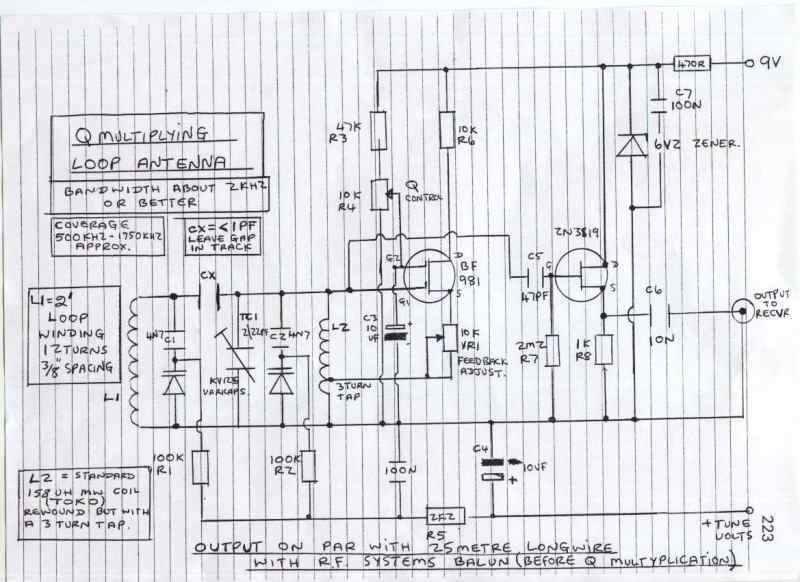
am-fm-sw active antenna
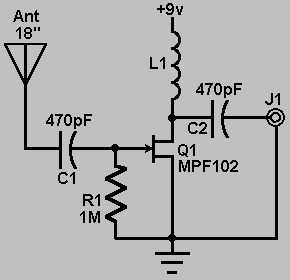
This circuit illustrates an active antenna suitable for AM, FM, and shortwave (SW) reception. On the shortwave band, this active antenna is equivalent to a 20 to 30-foot wire antenna. It is specifically designed for use with receivers that utilize untuned wire antennas, such as low-cost models and car radios. The inductor L1 can be selected based on the application; a 470 µH coil is recommended for lower frequencies (AM), while a 20 µH coil is suggested for shortwave use. The unit can be powered by a 9-volt battery, and if a power supply is employed, it is advisable to bypass the power supply with a 0.04 µF capacitor to mitigate noise interference. The antenna implemented in this circuit is a standard 18-inch telescoping type. The output is taken from jack J1 and connected to the input of the receiver.
This active antenna circuit enhances the reception capabilities of various radio frequency bands by amplifying weak signals. The design allows for flexibility in tuning and performance optimization based on the frequency of interest. The choice of inductors (L1) is crucial; the 470 µH coil is optimal for AM frequencies, while the 20 µH coil is more effective for shortwave frequencies, allowing the user to adapt the circuit for specific applications.
Powering the circuit with a 9-volt battery ensures portability, making it suitable for mobile applications. When utilizing an external power supply, the inclusion of a 0.04 µF capacitor serves as a filter to reduce high-frequency noise that could interfere with signal clarity. The standard 18-inch telescoping antenna provides a compact yet effective means of signal capture, and the output jack J1 facilitates easy connection to a variety of receivers, ensuring compatibility with both consumer and professional-grade equipment.
Overall, this active antenna circuit is an efficient solution for enhancing radio reception across multiple frequency bands, particularly in environments where traditional wire antennas may be impractical or ineffective.This circuit shows an active antenna that can be used for AM, FM, and shortwave (SW). On the shortwave band this active antenna is comparable to a 20 to 30 foot wire antenna. This circuit is designed to be used on receivers that use untuned wire antennas, such as inexpensive units and car radios. L1 can be selected for the application. A 470uH coi l works on lower frequencies ( AM ). For shortwave, try a 20uH coil. The unit can be powered by a 9 volt battery. If a power supply is used, bypass the power supply with a. 04uF capacitor to prevent noise pickup. The antenna used on this circuit is a standard 18" telescoping type. Output is taken from jack J1 and run to the input on the receiver. 🔗 External reference
This active antenna circuit enhances the reception capabilities of various radio frequency bands by amplifying weak signals. The design allows for flexibility in tuning and performance optimization based on the frequency of interest. The choice of inductors (L1) is crucial; the 470 µH coil is optimal for AM frequencies, while the 20 µH coil is more effective for shortwave frequencies, allowing the user to adapt the circuit for specific applications.
Powering the circuit with a 9-volt battery ensures portability, making it suitable for mobile applications. When utilizing an external power supply, the inclusion of a 0.04 µF capacitor serves as a filter to reduce high-frequency noise that could interfere with signal clarity. The standard 18-inch telescoping antenna provides a compact yet effective means of signal capture, and the output jack J1 facilitates easy connection to a variety of receivers, ensuring compatibility with both consumer and professional-grade equipment.
Overall, this active antenna circuit is an efficient solution for enhancing radio reception across multiple frequency bands, particularly in environments where traditional wire antennas may be impractical or ineffective.This circuit shows an active antenna that can be used for AM, FM, and shortwave (SW). On the shortwave band this active antenna is comparable to a 20 to 30 foot wire antenna. This circuit is designed to be used on receivers that use untuned wire antennas, such as inexpensive units and car radios. L1 can be selected for the application. A 470uH coi l works on lower frequencies ( AM ). For shortwave, try a 20uH coil. The unit can be powered by a 9 volt battery. If a power supply is used, bypass the power supply with a. 04uF capacitor to prevent noise pickup. The antenna used on this circuit is a standard 18" telescoping type. Output is taken from jack J1 and run to the input on the receiver. 🔗 External reference
